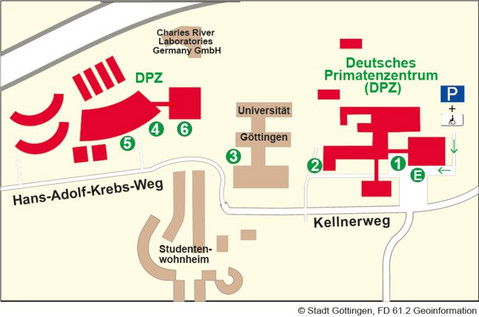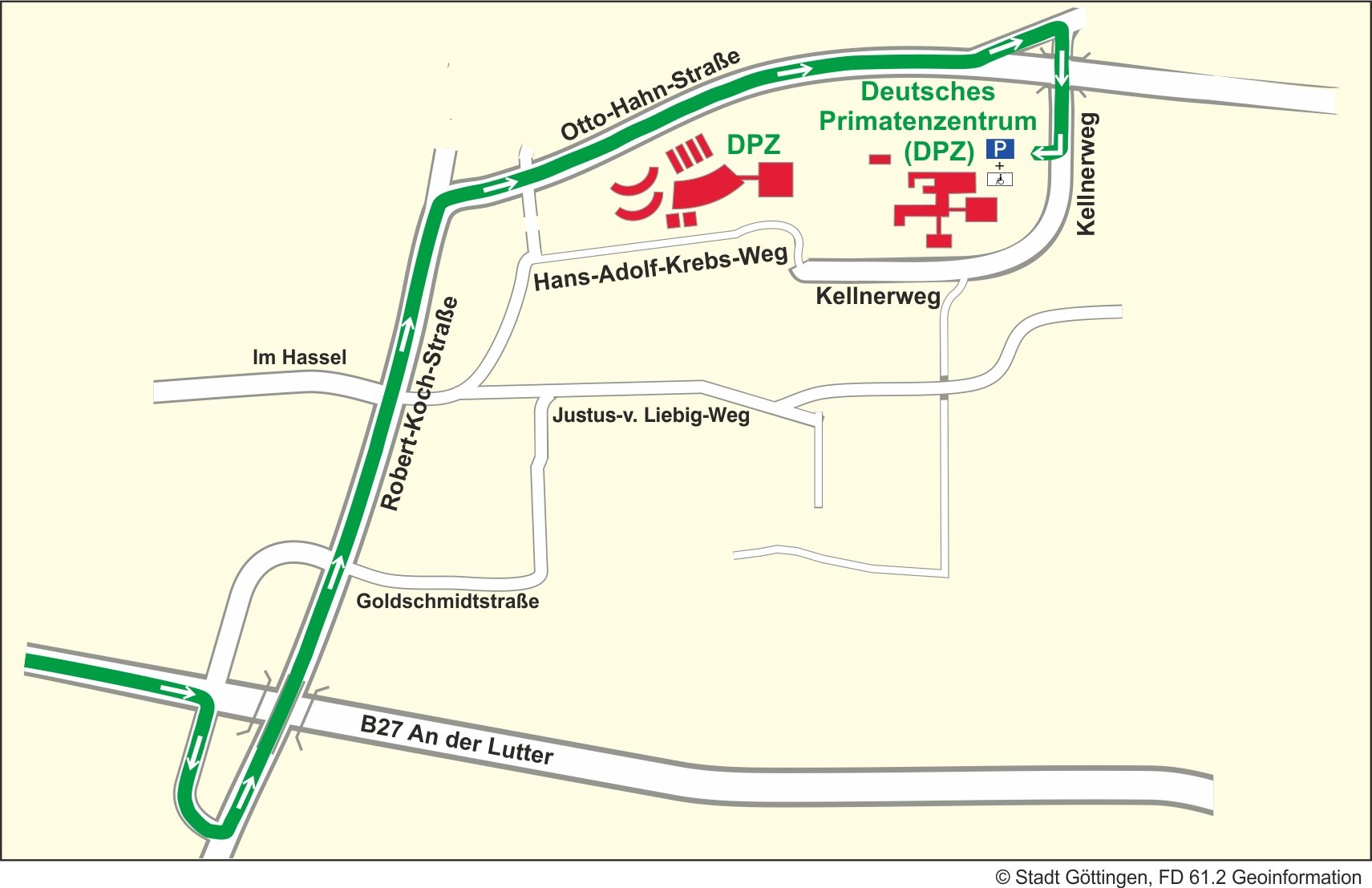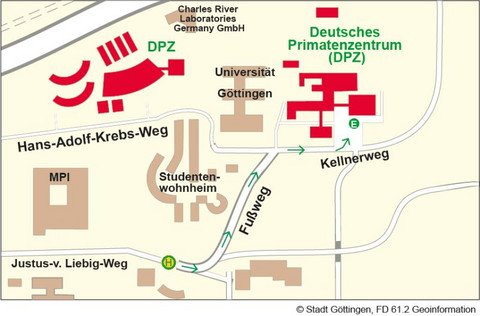The evolutionary road to syntax
Als Kalendereintrag speichernSyntax is habitually named as what sets human language apart from other communication systems, but how did it evolve? Comparative research on animal behaviour has contributed in important ways, with mainly three sets of data. First, animals have been subjected to artificial grammar tasks, based on the hypothesis that human syntax has evolved through advanced computational capacity. In these experiments humans generally outperform animals, but there are questions about validity, as experimental stimuli are (deliberately) kept devoid of semantic content. Second, animal communication has been compared in terms of the surface structures with the aim of developing a typology of animal syntax, based on the hypothesis that syntax is an evolutionary solution to the constraints of small signal repertoires. A wide range of combinatorial phenomena has been described, mainly in nonhuman primates, but there is little support for the hypothesis that syntax has emerged due to repertoire size constraints. A third way of studying the evolution of syntax is to compare how animals perceive and communicate about external events, the mental deep structure of syntax. Human syntax is closely aligned with how we perceive events in terms of agency, action and patience, each with subsidiary functions. The event perception hypothesis has been least explored in animals and requires a serious research programme.
Referent/-in
Klaus Zuberbühler
(Université de Neuchâtel)
Anfahrtswege zum DPZ
Lageplan des DPZ

E - Haupteingang/Anmeldung
1 - Geschäftsführung; Abteilungen: Infektionsbiologie/-modelle, Versuchstierkunde, Primatengenetik, Verhaltensökologie und Soziobiologie, Kognitive Ethologie, Neurobiologie; Verwaltung; Bibliothek; Stabsstellen: Forschungskoordination, Kommunikation, Informationstechnologie, Betriebstechnik
2 - Materialanlieferung/Einkauf
3 - Forschungsplattform Degenerative Erkrankungen; Forschungsgruppe Soziale Evolution der Primaten
4 - Abteilung Kognitive Neurowissenschaften
5 - Tierhaltung
6 - Bildgebungszentrum; Abteilung Funktionelle Bildgebung
Anreise mit dem PKW

Folgen Sie von der Autobahnausfahrt "Göttingen Nord" der B27 in Richtung Braunlage bis zur dritten Ampelkreuzung. Biegen Sie rechts ab Richtung Kliniken und anschließend links in die Robert-Koch-Straße. Am Ende der Straße fahren Sie rechts in Richtung Nikolausberg auf die Otto-Hahn-Straße. Die erste Straße zu Ihrer Linken ist der Kellnerweg, das Primatenzentrum ist ausgeschildert.
Anreise mit dem Bus

Ihr Fußweg von der Bushaltestelle Kellnerweg zum DPZ-Haupteingang/zur Anmeldung:
Von der Bushaltestelle Kellnerweg (Linie 21/22 und 23) Straße überqueren, in Fahrtrichtung des Busses gehen. Am Briefkasen links in den Fußweg einbiegen und rechts halten. Am Ende des Fußwegs rechts in den Kellnerweg abbiegen. Der Haupteingang des DPZ liegt dann auf der linken Seite.
Datum und Uhrzeit 04.04.19 - 16:15 - 17:30 Anmeldung nicht notwendig
Leibniz ScienceCampus Primate Cognition
Leibniz ScienceCampus Primate Cognition
cschloegl@dpz.eu
